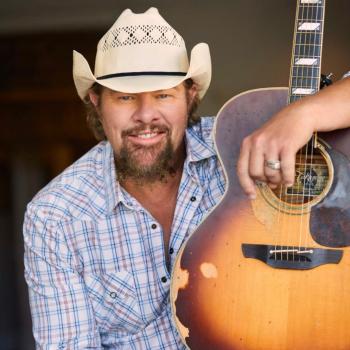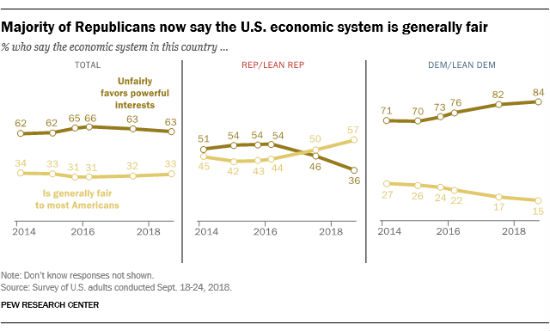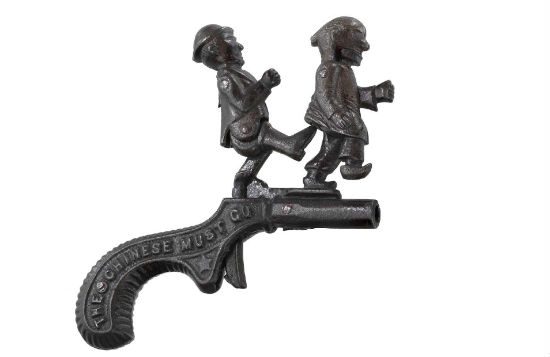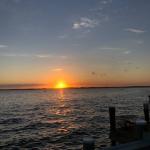The Weather Channel last night failed in its duty to help me drift off to sleep, instead showing a fascinating documentary on the Galveston Hurricane of 1900.
I was dimly aware of the historical fact that such a storm had occurred, and recalled seeing it at the top of those grim lists of American natural disasters, but I hadn’t ever heard a complete telling of this story. And I had never been even dimly aware of the remarkable story of what Galveston, Texas, did to rebuild after the devastation of that Great Storm.
As it happens, among the items in my newsreader this morning was this story on a poll by the Public Religion Research Institute: “Poll: Most in U.S., except evangelicals, see no divine sign in disasters“:
Nearly six in 10 evangelicals believe God can use natural disasters to send messages — nearly twice the number of Catholics (31%) or mainline Protestants (34%). Evangelicals (53%) are also more than twice as likely as the one in five Catholics or mainline Protestants to believe God punishes nations for the sins of some citizens.
The poll found that a majority (56%) of Americans believe God is in control of the earth, but the idea of God employing Mother Nature to dispense judgment (38% of all Americans) or God punishing entire nations for the sins of a few (29%) has less support.
That 29 percent — close to the baseline crazification factor — still apparently believes in the abusive-parent God with really bad aim. Sigh.
So Eliphaz, Bildad and Zophar are still with us. Still foolishly wrong, but still with us after all these thousands of years. The book of Job does such a thorough job of mocking this view into silence that it’s a wonder it still lives on. Yet apparently it does.
I would invite the 38 percent who believe God dispenses judgment through natural disasters to read this account of The Sisters of Charity Orphanage and the Galveston Hurricane of 1900:
More than 6,000 men, women and children lost their lives. Among the dead were 10 sisters and 90 children from the St. Mary’s Orphans Asylum, operated by the Sisters of Charity. …
At the orphanage, the children and sisters heard the crash of the boys dormitory as it collapsed and was carried away by the flood waters.
The sisters cut the clothesline rope into sections and used it to tie the children to the cinctures which they wore around their waists. Each Sister tied to herself between six to eight children. … Eventually the dormitory building that had been the sanctuary for the children and sisters was lifted from its foundation. The bottom fell out and the roof came crashing down trapping those inside.
Only three boys from the orphanage survived: William Murney, Frank Madera and Albert Campbell. Miraculously all three ended up together in a tree in the water. After floating for more than a day, they were eventually able to make their way into town where they told the sisters what had happened at the orphanage. One of the boys remembered a sister tightly holding two small children in her arms, promising not to let go.
The sisters were buried wherever they were found, with the children still attached to them. Two of the sisters were found together across the bay on the Mainland. One of them was tightly holding two small children in her arms.
Eliphaz, Bildad and Zophar would say that those 10 sisters and the 90 orphans lost in the storm had it coming for some reason. That is why the Bible regards Eliphaz, Bildad and Zophar as fools.
More astonishing, and just as moving, was the end of this documentary on the Galveston Hurricane — the account of the city’s audacious plan to rebuild and the execution of that plan. This story is inspiring and depressing.
It’s inspiring because they did this — real people really did this. They built a 17-foot-tall seawall along the Gulf side of the island.
And then they raised the entire city.
More than 500 city blocks. They raised it 17 feet higher nearest the seawall, gradually sloping downward from their all the way to the other side of the island. This involved jacking up every building in the city — mostly by hand. That included a massive stone church, which they lifted with mulepower. Then, with hundreds of buildings raised up to the proper height according to their location in the slope, they pumped in more than 16 million cubic yards of sand and slurry from the shipping channel in the Gulf.
This was an amazing feat of engineering and muscle, accomplished more than 100 years ago with hardly any of the technology we would employ if we were ever to attempt such a thing today.
And that’s the depressing part. We would never attempt such a thing today. We’re no longer capable of pulling it off. We’re no longer capable of even trying.
Consider this account of the rebuilding and re-engineering of Galveston. Consider the scope and audacity of the project — the cost, the labor, the years it took. Does any American city, or America itself, still have the courage, vision or capacity to attempt such a thing? I don’t know. I doubt it.
We seem to have become a small-minded people obsessed with smaller government, smaller visions, smaller aspirations — a crimped, cramped people from whom it seems unimaginable to expect or ask for this kind of hard work and investment and long-term foresight.
Here is Ethan Siegel of Starts With a Bang, concluding an excellent, helpful post about the perils of nuclear energy by placing those dangers in their proper context:
We have lots of good reasons to be appropriately afraid of [nuclear power]. The problem with energy and the environment — as I see it — is that we aren’t afraid enough of coal, oil, and natural gas, all of which are worse for the environment than nuclear. …
But if I were in charge, and I had my choice of how to power the world, what would I do? … Let’s take a good look at what solar panels are actually out there. The best ones can get about 19 percent of the incident solar energy converted into electricity. At sea level, that means about 19 percent of 700 Watts for every square-meter of solar panels we have.
See the “A” on the map above? Make a solar array about that size — 35 miles by 35 miles — and you can power the entire United States. Period. Day or night, winter or summer, rain or shine. No emissions, no pollution, no risk of radiation, no dependence on oil, coal, gas, no damage to the environment.
And if we did it — if we invested in it and made it happen — I think it would fix a huge number of our domestic problems: the economic ones, the employment ones, the manufacturing ones, etc.
But that’s never going to happen. Won’t even be tried.
We have better tools than the rebuilders of Galveston had. We know more. And we are far, far wealthier as a nation. But we seem to lack their courage, their will, their vision and their determination to make the world better.
We seem to have become a shallow, convenience-obsessed people supporting the kind of shallow, convenience-obsessed leadership that will allow us to lead shallow, convenience-obsessed lives uninterrupted by concern for the future or any attempt to be better than that.
It’d be really cool if we did or at least tried to do something to prove me wrong about that.

















